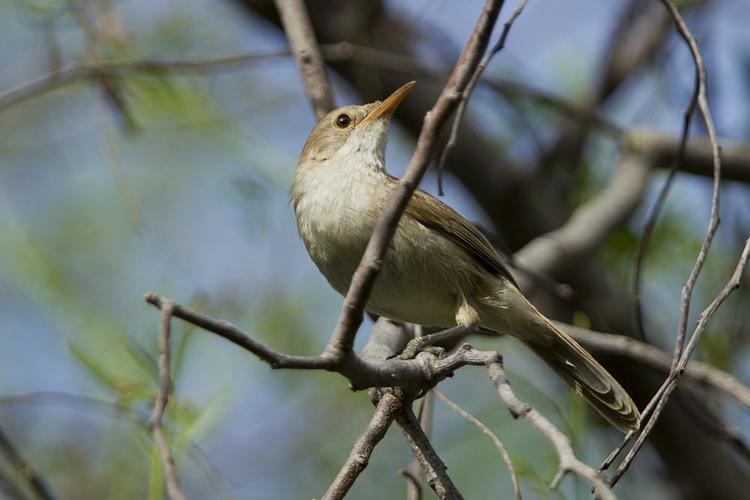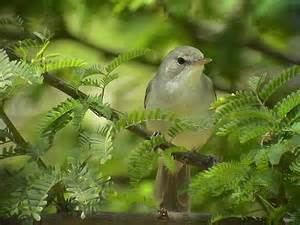Phylum Chordata Rank Species | Higher classification Platostoma Order Passerine | |
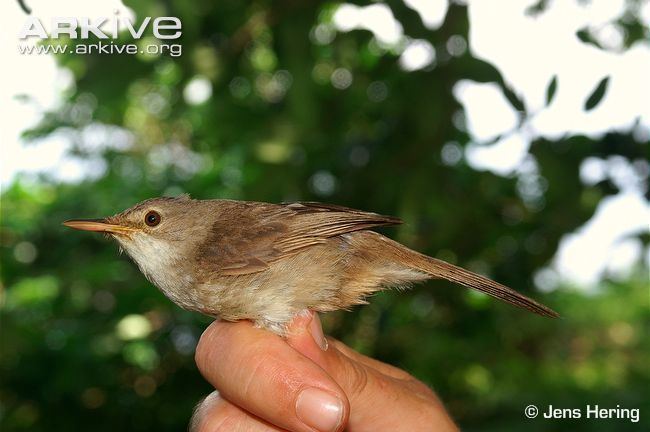 | ||
Similar Pitcairn reed warbler, Madagascan swamp warbler, Tahiti reed warbler, Nauru reed warbler, Rodrigues warbler | ||
African bird club 2015 helena batalha on the cape verde warbler
The Cape Verde warbler (Acrocephalus brevipennis) is an Old World warbler in the genus Acrocephalus. It is also known as the Cape Verde cane warbler or Cape Verde swamp warbler, and in Portuguese as chincherote, (also tchintchirote,). It breeds both on Santiago and on Fogo in the Cape Verde Islands. It previously bred on Brava and San Nicolau. This small passerine bird is found in well-vegetated valleys, avoiding drier areas. It nests in reedbeds, two to three eggs being laid in a suspended nest.
Contents
- African bird club 2015 helena batalha on the cape verde warbler
- Description
- Distribution and habitat
- Status
- References
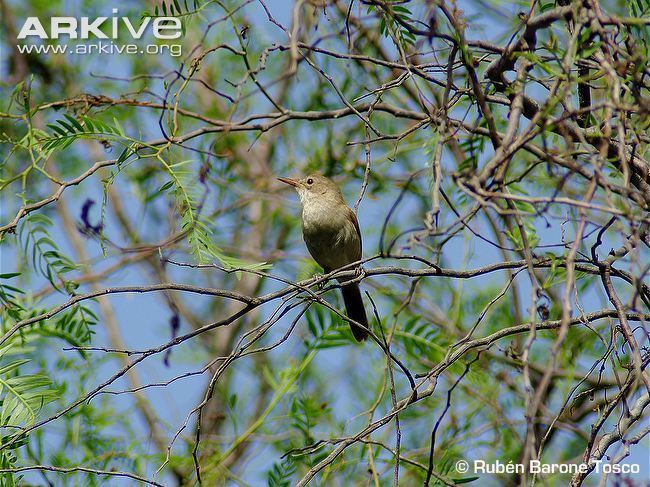
Description

This is a medium-sized warbler, larger than the Eurasian reed warbler. It resembles that bird in appearance, grey-brown above, greyish-white below, with no obvious markings. The geographical isolation of the bird on the Cape Verde Islands prevents confusion with other similar species. The song is a distinctive liquid bubbling, like that of a bulbul.
Distribution and habitat
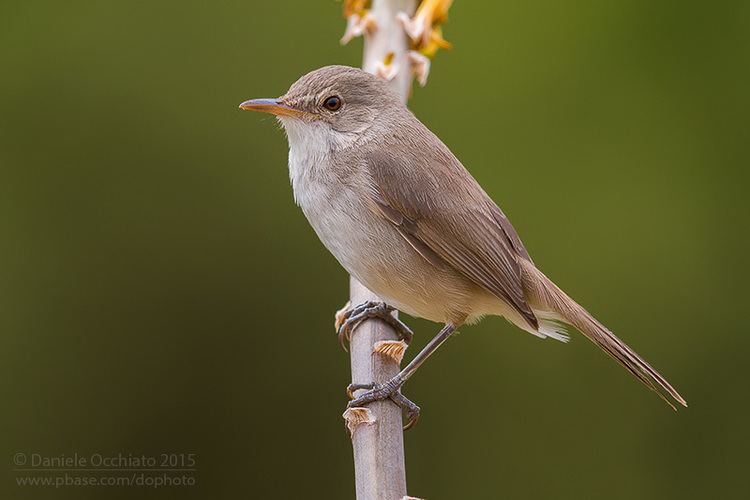
At one time it was thought that the Cape Verde warbler was restricted to the island of Santiago. After a specimen was found in a Lisbon museum, a survey was made on São Nicolau island in 1998 and some individuals were found there. In 2004 a further population was discovered on Fogo island and further survey found it was widespread across the north of the island up to altitudes of about 800 m (2,600 ft). Although previously thought to be mainly restricted to woodland and scrub, it is now reported from a wider range of habitats including well-vegetated valleys, reedbeds, cultivated land and gardens, especially in places not far from water.
Status
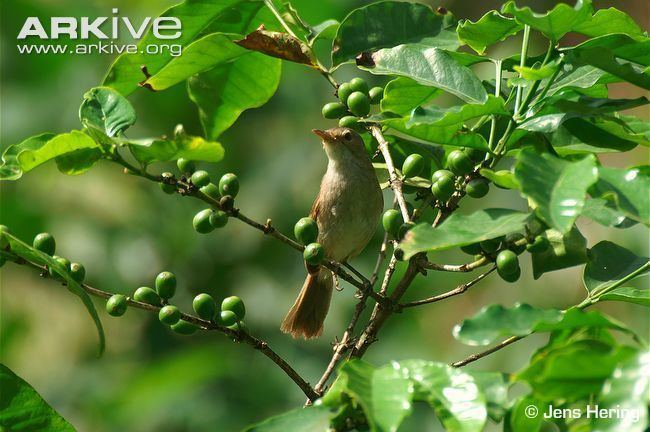
The population trend of the Cape Verde warbler is thought to be declining, probably because of habitat destruction and the droughts that have beset the islands. With its restricted range and relatively small population, the conservation status of this bird has been assessed by the International Union for Conservation of Nature as being "endangered".
